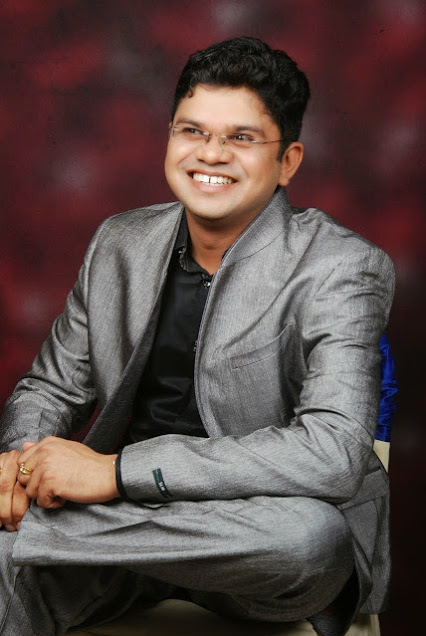www.drvaibhavshah.net
 |
| +Dr Vaibhav Shah |
A
Facelift, technically known as a Rhytidectomy – History.
A facelift, technically known as a
rhytidectomy (from Ancient Greek ῥυτίς (rhytis) "wrinkle" + ἐκτομή
(ektome) "excision", surgical removal of wrinkles), is a type of
cosmetic surgery procedure used to give a more youthful facial appearance.
There are multiple surgical techniques. It usually involves the removal of
excess facial skin, with or without the tightening of underlying tissues, and
the redraping of the skin on the patient's face and neck. Facelifts are
effectively combined with eyelid surgery (blepharoplasty) and other facial
procedures and are typically performed under general anesthesia or deep twilight
sleep.
History
Cutaneous
period (1900–1970)
In
the first 70 years of the 20th century facelifts were performed by pulling on
the skin on the face and cutting the loose parts off. The first facelift was
reportedly performed by Eugen Höllander in 1901 in Berlin. An elderly female
polish aristocrat asked him to: "lift her cheeks and corners of the
mouth". After much debate he finally proceeded to excise an elliptical
piece of skin around the ears. The first textbook about facial cosmetic surgery
(1907) was written by Charles Miller (Chicago) entitled "The Correction of
Featural Imperfections".
In
the First World War (1914–1918) the Dutch surgeon Johannes Esser made one of
the most famous discoveries in the field of plastic surgery to date, namely the
"skin graft inlay technique," the technique was soon used on both
English and German sides in the war. At the same time the British plastic
surgeon Harold Delfs Gillies used the Esser-graft to school all those who
flocked towards him who wanted to study under him. That’s how he earned the
name "Father of 20th Century Plastic Surgery". In 1919 Dr. Passot was
known to publish one of the first papers on face-lifting, this consisted mainly
on the elevating and redraping of the facial skin. After this many others began
to write papers on face-lifting in the 1920s. From then the esthetic surgery
was being performed on a large scale, from the basis of the reconstructive
surgery. The first female plastic surgeon, Suzanne Noël, played a large role in
its development and she wrote one of the first books about esthetic surgery
named: "Chirurgie Esthetique, son rôle social."
SMAS
period (1970–1980)
In
1968 Tord Skoog introduced the concept of subfacial dissection, therefore
providing suspension of the stronger deeper layer rather than relying on skin
tension to achieve his facelift (he publishes his technique in 1974, with
subfacial dissection of the platysma without detaching the skin in a posterior
direction). In 1976 Mitz and Peyronie described the anatomical Superficial Musculoaponeurotic
System, or SMAS,a term coined by Paul Tessier, Mitz and Peyronie’s tutor in
craniofacial surgery, after he had become familiar with Skoog’s technique.
After Skoog died of an heart attack, the superficial muscular aponeurotic
system (SMAS) concept rapidly emerged to become the standard face-lifting
technique, which was the first innovative change in facelift surgery in over 50
years.
Deep
plane period (1980–1991)
Tessier,
who had his background in the craniofacial surgery, made the step to a
subperiosteal dissection via a coronal incision. In 1979, Tessier demonstrated
that the subperiosteal undermining of the superior and lateral orbital rims
allowed the elevation of the soft tissue and eyebrows with better results than
the classic face-lifting. The objective was to elevate the soft tissue over the
underlying skeleton to re-establish the patient's youthful appearance.
Volumetric
period (1991–today)
At
the start of this period in the history of the facelift there was a change in
conceptual thinking, surgeons started to care more about minimizing scars,
restoring the subcutaneous volume that was lost during the ageing process and
they started making use of a cranial direction of the "lift" instead
of posterior.
The technique for
performing a facelift went from simply pulling on the skin and sewing it back
to aggressive SMAS and deep plane surgeries to a more refined facelift where
variable options are considered to have an aesthetically good and a more
long-lasting effect.-
Dr.
Vaibhav Shah
www.vaibhavshahblog.blogspot.com.
No comments:
Post a Comment